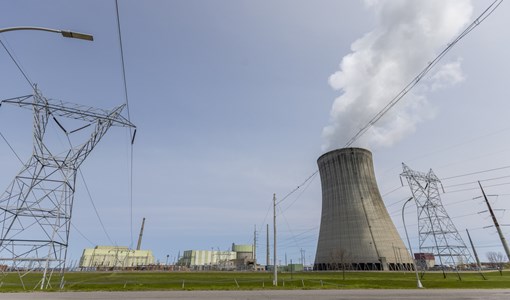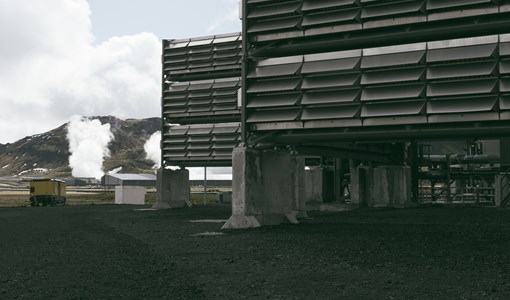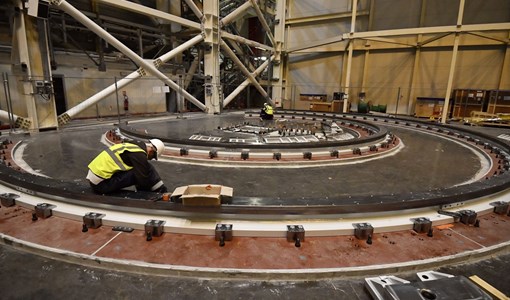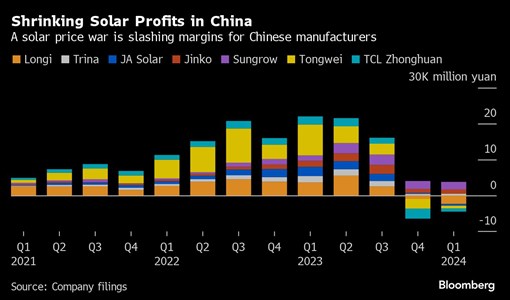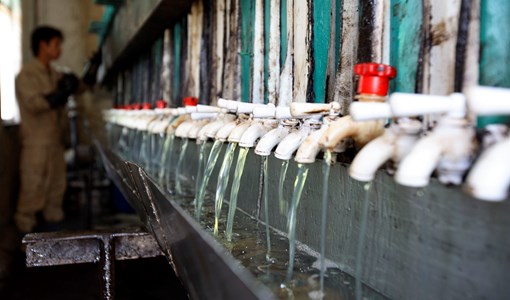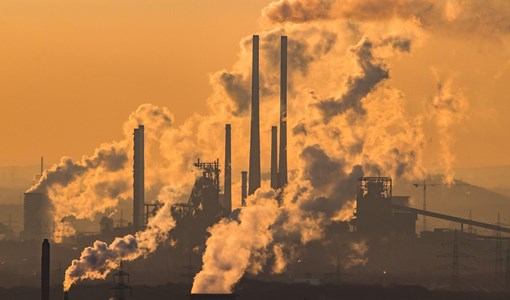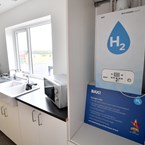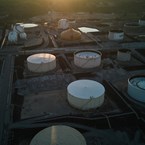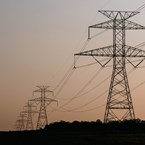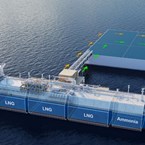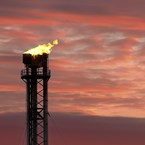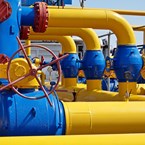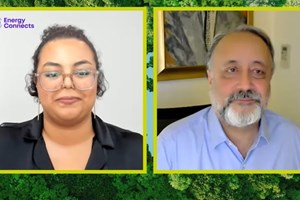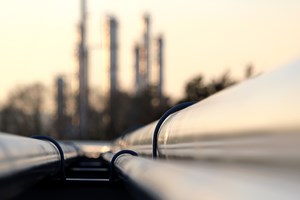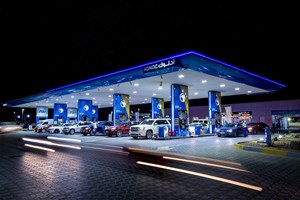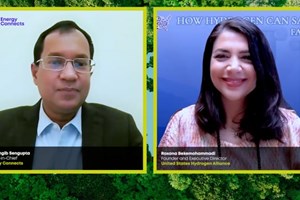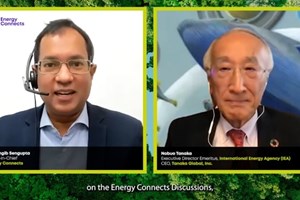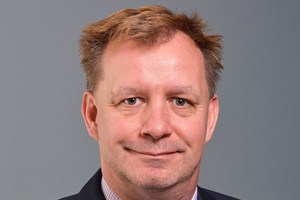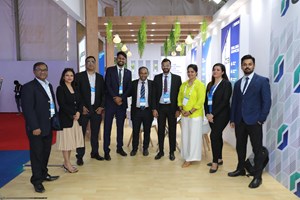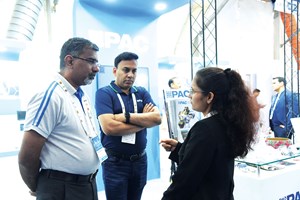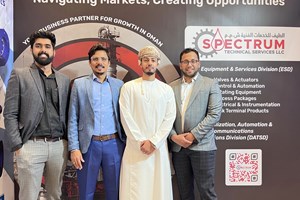Lafarge, OMV, Verbund and Borealis join forces on CO2 use on industrial scale
Lafarge, OMV, Verbund and Borealis co-sign a Memorandum of Understanding (MoU) for the joint planning and construction of a full-scale plant in Austria by 2030 to capture CO2 and process it into synthetic fuels, plastics or other chemicals.
This innovative project significantly reduces emissions from cement production, establishing the green-house gas CO2 as a valuable raw material.
In the MoU, the leading industrial players Lafarge, OMV, Verbund and Borealis agree on collaborating across industry sectors in the project ‘Carbon2ProductAustria’ (C2PAT). Its objective is to create a cross sectorial value chain and to operate a full-scale plant by 2030 which will eventually capture almost 100 per cent of the annually emitted 700,000 tons of CO2 at Lafarge’s cement plant in Mannersdorf, Austria. The aim is to ultimately use the captured CO2 as a resource.
In combination with green hydrogen (from renewable energies) produced by Verbund, the captured CO2 will be transformed by OMV to renewable based hydrocarbons, which, in turn can be used to produce renewable based fuels or be utilised by Borealis as a feedstock to manufacture value-add plastics.
"We are committed to leading the industry in reducing carbon emissions and shifting towards low-carbon construction. We have worked consistently and successfully on the reduction of the CO2 footprint of our cement plants, products and solutions. Ultimately, CO2-neutral cement production can only be possible with the implementation of breakthrough technologies, like Carbon Capture, which is why we have great expectations for the C2PAT project", Lafarge CEO José Antonio Primo points out.
Verbund, Austria’s largest electricity company, will supply the green hydrogen used to recycle the captured CO2: “Green hydrogen is produced when water is electrolyzed using electricity from renewable sources. For the Carbon2ProductAustria-Project we will use green electricity from our renewable generation portfolio,” explains Michael Strugl, Deputy CEO Verbund. “Green hydrogen offers huge potential for decarbonising CO2-intensive industrial processes. In order to reach our national and global climate goals we have to collaborate across sectors and join our efforts for decarbonisation and climate neutrality.”
The success of C2PAT will largely depend on whether the right financial and regulatory framework conditions are created both at the EU and Austrian national level. With this ambitious collaboration, Lafarge, OMV, Verbund and Borealis are showcasing an innovative and viable solution for the transformation towards a Zero CO2 economy in Europe.
Rainer Seele, OMV Chairman of the Executive Board and CEO: “Climate protection requires innovation and cooperation. With this project we aim to do both, and it shows that economic viability and climate protection go hand in hand based on new technologies. CO2 is not just a greenhouse gas that we have to reduce. It is also a valuable raw material from which we can produce synthetic fuels and feedstock for the chemical industry.”
“Circularity requires us to consider the whole system, and not default to the least change, linear option because it is more convenient,” comments Borealis CEO Alfred Stern. “The plastics industry can be a powerful contributor to climate action, through materials replacement that reduces weight, by minimising food waste and by shifting to well-designed circularity that reduces CO2 emissions. We are excited to join forces with our industry partners on our mission to drive the change towards a Zero CO2 industry.”
KEEPING THE ENERGY INDUSTRY CONNECTED
Subscribe to our newsletter and get the best of Energy Connects directly to your inbox each week.
By subscribing, you agree to the processing of your personal data by dmg events as described in the Privacy Policy.
More renewables news

Gas Stove Pollution Harms Poor and Minority Americans Most, Study Finds
May 04, 2024
HSBC Asked by $890 Billion Investor Group to Set Energy Goal
May 03, 2024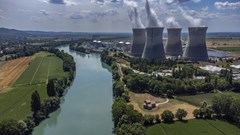
French Power Grid Curbs to End This Week, More Due in August
May 02, 2024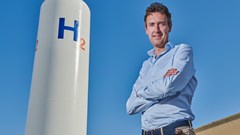
Tycoon Sees $3.5 Billion Investments in Namibia Green Hydrogen
May 02, 2024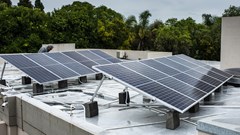
Billionaire-Backed GoSolr Expands to Beat South Africa Blackouts
May 02, 2024
Microsoft and Brookfield Sign Biggest-Ever Clean Power Deal
May 01, 2024
Iowa Farm Co-op Landus Creates Tech Startup Aimed at Growers
Apr 30, 2024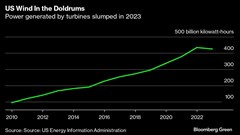
America’s Wind Power Production Drops for the First Time in 25 Years
Apr 30, 2024
China Cuts Air Pollution After Reimposing Winter Controls: CREA
Apr 30, 2024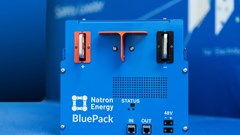
Sodium Batteries From Michigan to Challenge Lithium’s Grip
Apr 29, 2024
Bio-energy to play a key role in shaping the energy transition
Mar 12, 2024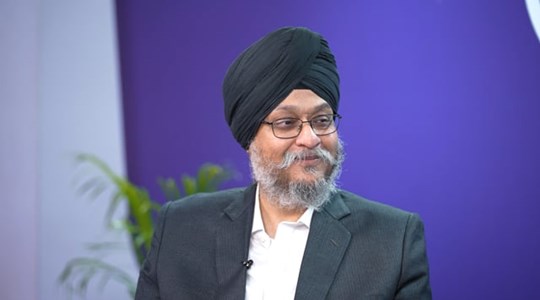
Why the energy industry is on the cusp of disruptive reinvention
Mar 12, 2024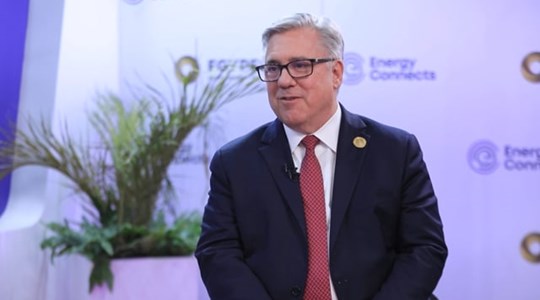
Chevron helping drive Egypt’s journey to become Africa’s energy powerhouse
Mar 11, 2024
Energy Workforce helps bridge the gender gap in the industry
Mar 08, 2024
EGYPES Climatech champion on a mission to combat climate change
Mar 04, 2024
India’s energy sector presents lucrative opportunities for global companies
Jan 31, 2024
Oil India charts the course to ambitious energy growth
Jan 25, 2024
Maritime sector is stepping up to the challenges of decarbonisation
Jan 08, 2024
COP28: turning transition challenges into clean energy opportunities
Dec 08, 2023
Why 2030 is a pivotal year in the race to net zero
Oct 26, 2023Partner content

Ebara Elliott Energy offers a range of products for a sustainable energy economy

Essar outlines how its CBM contribution is bolstering for India’s energy landscape

Positioning petrochemicals market in the emerging circular economy

Navigating markets and creating significant regional opportunities with Spectrum



